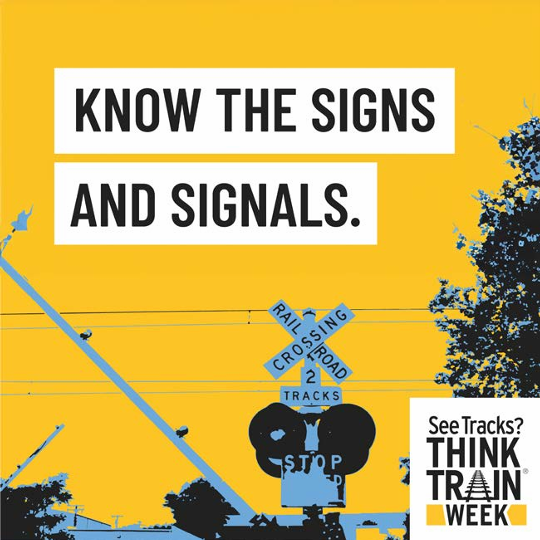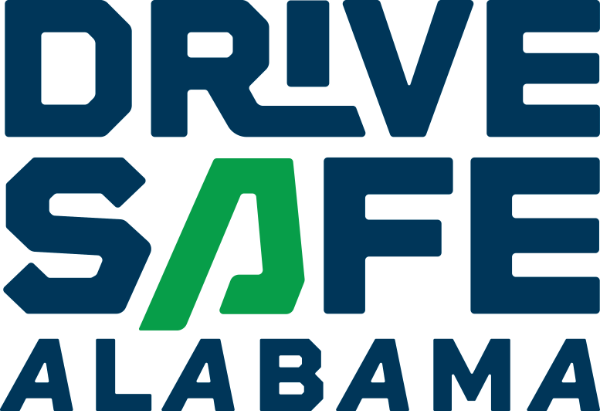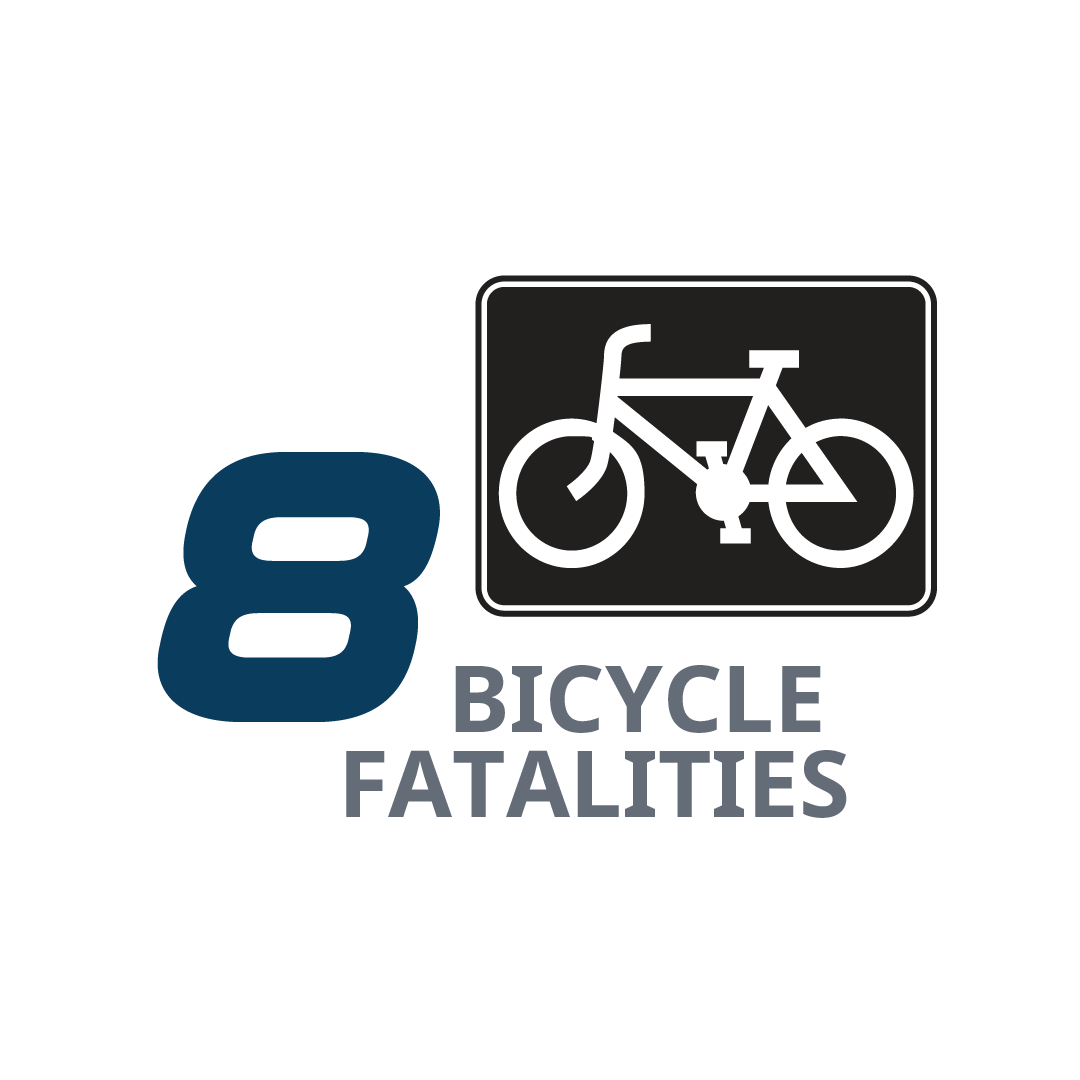Alabama has one of the nation’s highest numbers of rail crossing collisions, coming in at No. 8. To address this ongoing issue, the Alabama Department of Transportation is joining Operation Lifesaver for See Tracks? Think Train® Week, a concentrated week (Sept. 23-29, 2024) of rail safety education focusing attention on the importance of making safe choices when driving or walking near railroad tracks and trains.
In Alabama in 2023, there were 83 collisions at rail crossings, resulting in 33 injuries and nine fatalities.
Every three hours in the United States, a vehicle or person is hit by a train. More than 2,300 people are injured are killed annually in railroad crossing and trespass incidents in North America. More than 60% of collisions occur at railroad crossings equipped with warning lights and/or gates. This data is provided by Operation Lifesaver, a non-profit organization and nationally recognized leader of rail safety education.
“Operation Lifesaver and its safety partners want drivers, and pedestrians too, to always expect a train,” said Nancy Hudson, Alabama Operation Lifesaver executive director. “Many of us cross tracks every day and become complacent and ignore the safety measures we need to take.”
“ALDOT takes rail safety seriously and provides funding to install active warning devices and gates at rail crossings,” said Allison Green, Drive Safe Alabama coordinator with ALDOT. “We are also committed to joining Operation Lifesaver in bringing rail safety awareness campaigns to communities across Alabama. Together, we can put an end to these very preventable incidents.”
Rail crossing safety tips
The public plays an important role in safety at railroad crossings. Following these safety tips can reduce rail crossing injuries and fatalities:
- The train you see is closer and faster-moving than you think. If you see a train approaching, wait for it to go by before you proceed across the tracks.
- Be aware that trains cannot stop quickly. Even if the locomotive engineer sees you, a freight train moving at 55 miles per hour can take a mile or more to stop once the emergency brakes are applied. That’s 18 football fields!
- Never drive around lowered gates — it’s illegal and deadly. If you suspect a signal is malfunctioning, call the 1-800 number posted on or near the crossing signal or your local law enforcement agency.
- If your vehicle ever stalls on a track with a train coming, get out immediately and move quickly away from the tracks in the direction from which the train is coming. If you run in the same direction the train is traveling, when the train hits your car you could be injured by flying debris. Call your local law enforcement agency for assistance.
- Stay Alert! Freight trains do not follow set schedules.
Anyone interested in helping spread the rail safety message can call Nancy Hudson at Alabama Operation Lifesaver at (205) 852-4646. More information about rail safety can be found at http://www.oli.org.




